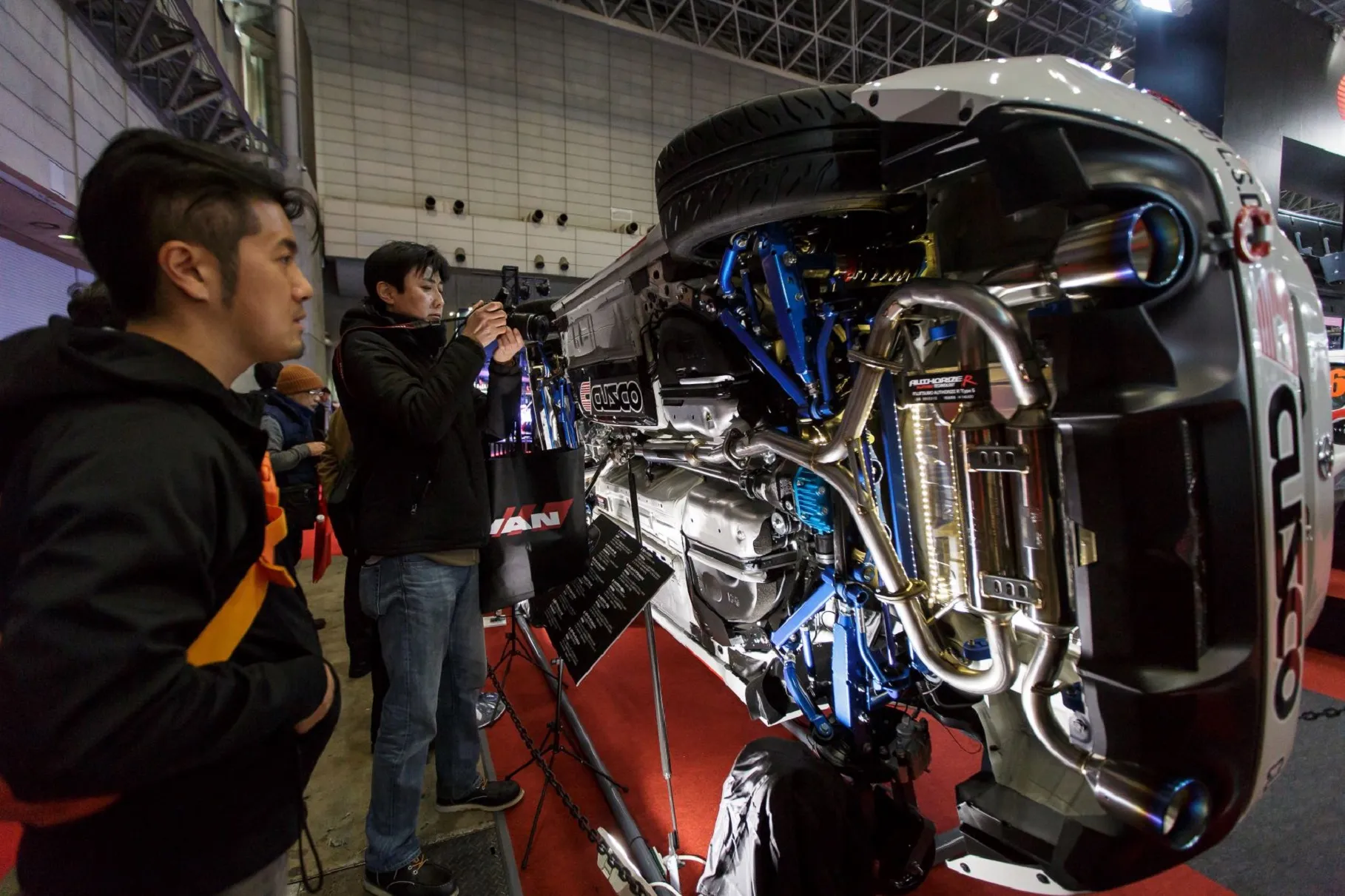For gearheads who want to customise their cars to match a showy set of wheels, nothing compares to the scratchy sound of a performance exhaust system. One of the first and frequently easiest, adjustments that several gear heads do is improve airflow to a vehicle engine.
The exhaust noise not only gives the car individuality but experimenting with something that also promises to expose hidden motor power is now almost magical. Most automakers leave some room for improvement in terms of horsepower and torque. Nevertheless, many automakers settle for the least costly alternative whenever it comes to components like exhaust systems, even if that does not imply that all these automobiles are badly built.
You can increase the power of your motor by using an aftermarket performance exhaust. If you thought a bigger exhaust system equalled greater power, you’d be wrong. This page has all the data you need to know about exhaust systems and how you can boost productivity. Bmw 116i exhaust is truly a marvellous exhaust that can greatly improve the performance of your car, so try to learn more about such exhausts.
Increasing the Performance of Your Exhaust System
Regrettably, the main aspects aren’t typically included in the majority of automobile exhaust systems. As a consequence, those who own cars and want to achieve the maximum performance from them typically decide to update their exhaust system’s 3 main parts. The muffler, the downpipe, and also the exhaust manifold are the components that are most frequently modified. Let’s examine these pieces now to see what they are all about.
Muffler
Upgrades to mufflers are frequently included in cat-back systems. The entire exhaust system, from the catalytic converter to the end pipe, is included in this kind. Stop corrosion and rust from compromising your muffler is among the main reasons you should replace it. Your new muffler could also dramatically improve your car’s efficiency as part of a cat-back modification.
Downpipe
All exhaust system improvements must prioritise greater flow. The efficiency of your motor would be higher the quicker your exhaust leaves your car. Factory downpipes often function flawlessly but frequently have small diameters. Downpipes of higher quality typically have a straighter, wider profile. These structural components will maintain the efficient exit of your exhaust from your vehicle.
Exhaust Manifold
Another name for the exhaust manifold is “the header.” The very first part of an exhaust system is called the header. Your car’s exhaust flows out of the cylinder heads and through the downpipe thanks to the exhaust manifold’s close connection to them. A log-type exhaust manifold is probably the most fundamental kind of manifold. The aftermarket exhaust manifold is yet another type of manifold. The system-enhanced exhaust flow can pass through the system thanks to the tubes on the aftermarket exhaust manifold which enters through the downpipe.
What Function Does a Performance Exhaust Serve?
The exhaust system on your vehicle should have various components. The exhaust manifold (or headers, if you’ve fitted them), the downpipe, the catalytic converter, the resonator, and also the muffler are the first items after the motor. Nevertheless, the part that contains the “cat” and the muffler is typically referred to as the “performance exhaust.” Some aftermarket exhausts are alluded to as “cat-back” exhausts because they change the piping after the catalytic converter.
Similar to cold-air intakes and headers, performance exhausts are made to maximise motor output and enhance airflow. And improving scavenging is the main method for accomplishing that. Air enters and leaves the combustion chamber whenever the intake and exhaust valves close and open respectively. The exhaust gases, nevertheless, may step back in if your vehicle’s exhaust system is too restrictive due to back pressure in the pipes.
Although it may just seem like a little irritation, this might lead directly to worse issues. By reducing the amount of oxygen that is accessible, the horsepower is reduced. As a result, it is best if you are informed of the classic signs of exhaust leaks or exhaust leaks in general, in addition to the expense of repair.
Before you leave your vehicle in the hands of a mechanic, conduct adequate online research. On the other hand, amazing performance exhausts are designed to both create partial vacuums and decrease backpressure. The result is that the exhaust gases are indeed being sucked, or “scavenged,” out in addition to flowing more quickly. The motor now generates more power since there is more oxygen in the combustion chamber. At least conceptually.
Considering Your Exhaust
Once you’re ready to take your exhaust modification to the next level for your vehicle, think about tubular exhaust manifolds, often known as headers. The advantage is that mandrel-bent tubing, which is used by the majority of businesses to create their headers, results in very smooth inside surfaces. There is significantly less turbulence in the tubing than there is in a stock manifold, which improves the passage of exhaust gases from the motor to the tailpipe.
Although aluminum is frequently used to reduce weight, steel is still the most frequently utilized elements for headers. To keep the engine compartment cool, a few businesses sell headers equipped with a ceramic heat barrier. The headers can last longer since the ceramic covering prevents rust and corrosion.
Conclusion
Although the majority of individuals don’t start with the exhaust when upgrading performance components in their vehicle, doing so could be a mistake given the substantial amount of power that may be added through just one system. Whichever route you choose, an aftermarket exhaust will boost your vehicle or truck’s performance, look, and sound. The ideal exhaust system may dramatically change your automobile or truck; either you desire show-quality looks, greater power, or both.

